If you have a car, you should know how to use a multimeter to check the fuses. This will make sure that your car is safe and runs well. You can buy a fuse tester, but using a multimeter is the easiest way to check a fuse. This handy tool can tell you if a fuse has blown as well as measure the strength of an electric current.
The purpose of fuses in a car is to maintain the electrical system from getting too hot. If a fuse blows, it means that there is too much current going through the circuit. This can happen for a number of reasons, such as a short circuit or a broken electrical part.

What is The Purpose Of a Car Fuse?
A fuse is an electrical part that helps keep your car from catching fire because of electrical problems. It does this by breaking the circuit when there is too much current. There are many things that can cause circuits to get too full. Problems with the wiring could be one reason. If there is a short circuit, wires can get too hot and start a fire.
Another reason could be using too many high-powered electronics at the same time. When you put too many things into one circuit, you can overload it and blow the fuse. Most fuses are in the engine bay, close to the battery. They will be put in a box with fuses. Inside the box, there will be a diagram that shows which fuse goes with which circuit. If a fuse blows, you should replace it right away. Depending on how bad the overload was, the fuse box and wiring could have been broken. If you don't feel comfortable working on electrical parts, you should take your car to a mechanic or auto electrician.
What Are The Signs That a Car Fuse Has Blown?
When the electrics in a car stop working all of a sudden, it's usually because a fuse has blown. This can happen if the headlights stop working, the stereo stops working, or the power windows stop working. If any of these things happen, the fuse may have blown and needs to be replaced.
If a fuse has blown in a car, the lights may be dim or flicker, or there may be a strange smell coming from the fuse box. If any of these things happen, check the fuse box right away and replace any fuses that have blown. Driving with a blown fuse is dangerous and can cause more problems with your car's electrical system.
How to test a car's fuses using a digital multimeter:
- To test a car fuse with a multimeter, first locate the fuse you want to test.
- Once you have located the fuse, remove it from the fuse box.
- Inspect the fuse to see if it is burned out or blown. If the fuse is burned out or blown, it will need to be replaced.
- If the fuse is not burned out or blown, then use your multimeter to test it for continuity.
- To do this, set your multimeter to the "continuity" setting and touch the leads of the multimeter to the two ends of the fuse.
- If there is continuity, then the fuse is good and does not need to be replaced. If there is no continuity, then the fuse is bad and will need to be replaced.
Testing car fuses with a multimeter is a relatively simple process that can be done by anyone with a basic understanding of electrical circuits. By testing your car fuses on a regular basis, you can help prevent electrical problems before they happen.
Alternative Method For Testing:
- Check whether the multimeter is in the correct mode. For testing car fuses, the multimeter should be in the resistance mode.
- To begin the test, disconnect the negative (-) lead of the multimeter from the black battery terminal.
- Next, touch the red multimeter lead to the positive (+) side of the fuse you're testing.
- Finally, touch the black multimeter lead to the other side of the fuse (the negative or ground side).
The resistance reading on the multimeter should be zero if the fuse is good. If there is any resistance reading (other than zero), then the fuse is blown and needs to be replaced.
- Repeat the above steps for each fuse you need to test.
Frequently Asked Questions:
What are some signs that a fuse might need to be replaced?
If the electrical system in your car isn't working right, it could mean that you need to change a fuse. If your lights dim or flicker, or if your radio stops working all of a sudden, you might have a blown fuse.
How do I know if a fuse has blown?
You can check to see if a fuse has blown in a few different ways. The first thing to do is just check the fuse. When the fuse blows, the filament inside the fuse breaks.
Using a multimeter is another way to find out if a fuse is blown. Set your multimeter to the ohms setting and touch the probes to the two ends of the fuse. If the multimeter shows "infinity," then the fuse is blown. If you're still not sure if the fuse has blown or not, you can always replace it with a new one and see if that fixes the problem.
Can I replace a fuse myself?
Most people can change a fuse on their own because it is not difficult. If you don't know how to work with electrical components, you should take your car to a mechanic or auto electrician.
What should I do if my car's fuse box is damaged?
If the fuse box is damaged, you will need to replace it. This should be done by a qualified auto mechanic or car electrician.
Conclusion
The purpose of a car fuse is to help protect your car from electrical fires. Overloading a circuit can happen for a number of reasons, such as faulty wiring or using too many high-powered electronics at the same time. Fuses are usually in the engine bay, near the battery, and will be in a fuse box. If a fuse does blow, it is important to replace it as soon as possible. Depending on how bad the overload was, the fuse box and wires could be damaged.

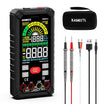
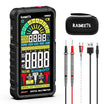
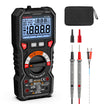
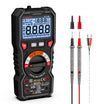

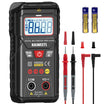
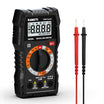
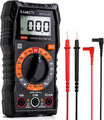
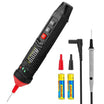
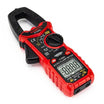
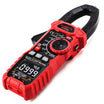
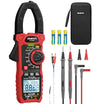
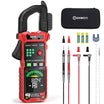

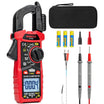


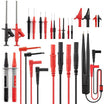



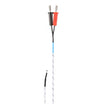




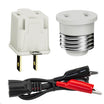
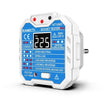
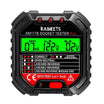
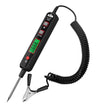


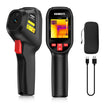
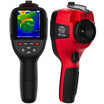
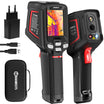
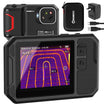
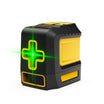
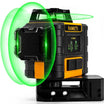













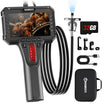







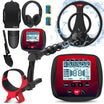


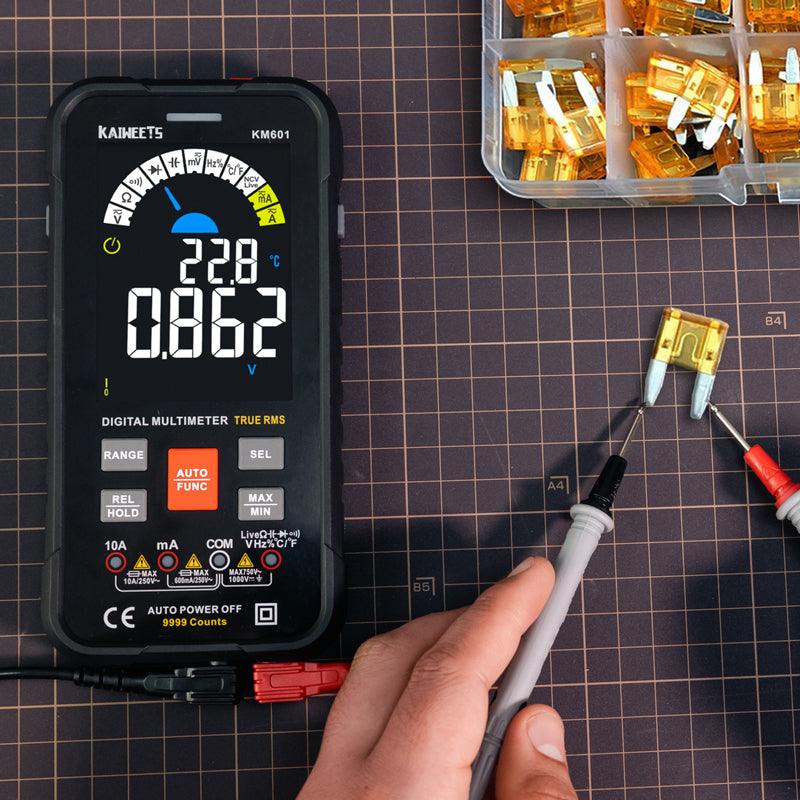
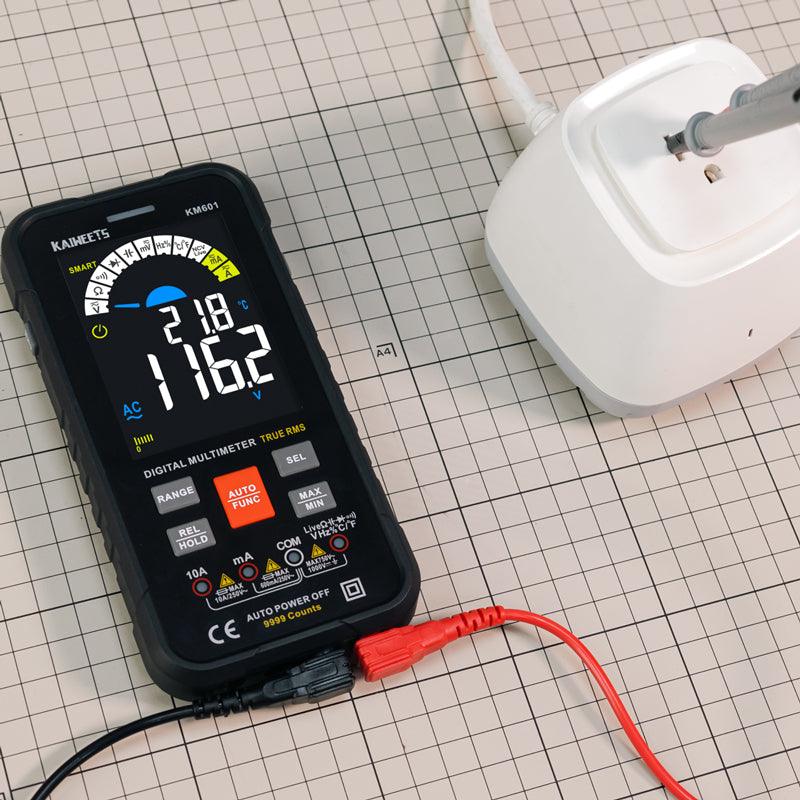

Dejar un comentario
Todos los comentarios se revisan antes de su publicación.
Este sitio está protegido por hCaptcha y se aplican la Política de privacidad de hCaptcha y los Términos del servicio.